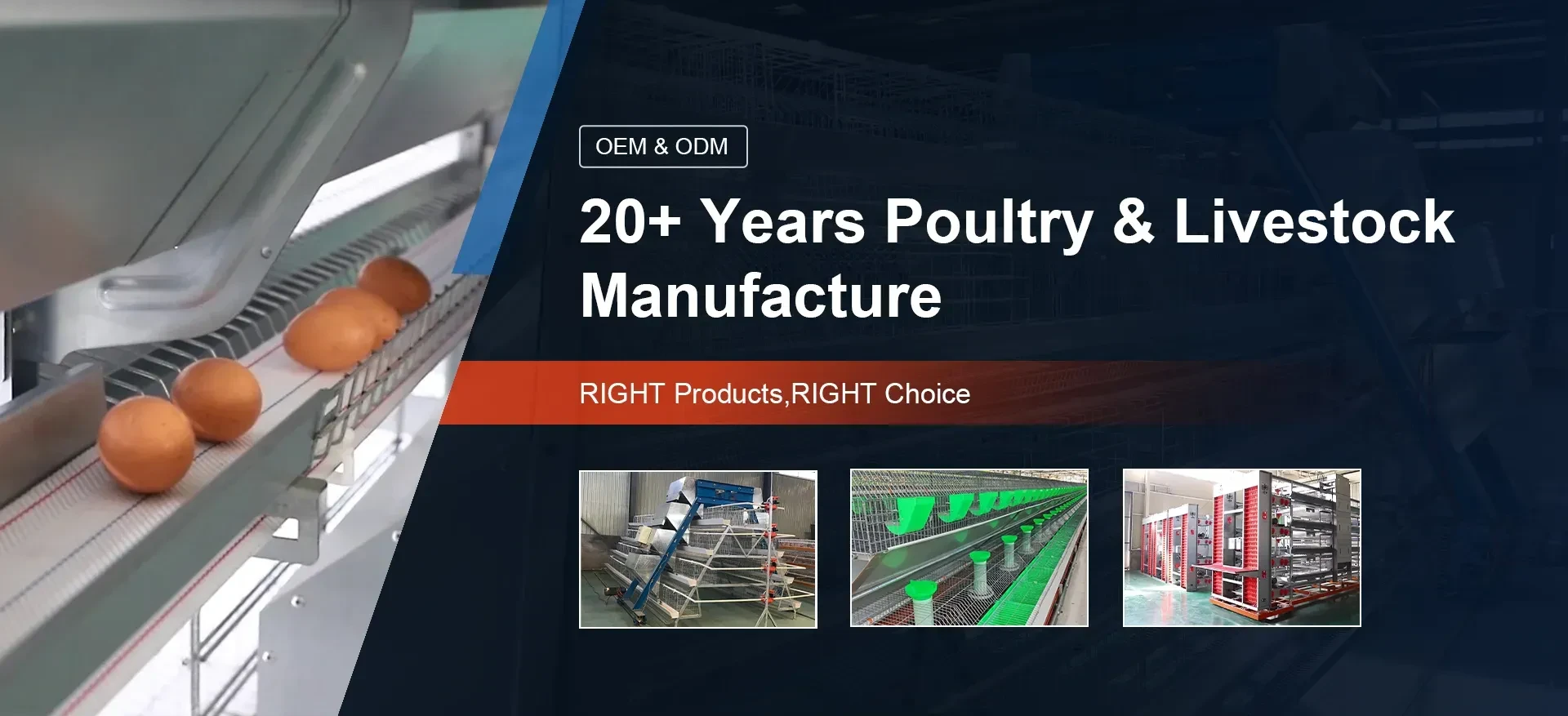poultry cage
Dec . 12, 2024 03:21 Back to list
poultry cage
The Importance of Poultry Cages in Modern Farming
Poultry farming has evolved significantly over the years, with advancements in technology and farming practices optimizing production and animal welfare. One area that has garnered increasing attention is the use of poultry cages. These structures are designed not only to house chickens and other birds but also to enhance their health, productivity, and overall management within the farming environment.
Understanding Poultry Cages
Poultry cages are enclosures specifically designed for the breeding and raising of poultry, including chickens, ducks, and turkeys. They come in various designs, from traditional battery cages to more modern enriched or aviary systems. Each type of cage system has its pros and cons, influencing factors such as animal welfare, egg production, and operational efficiency.
Battery cages are the most commonly used type in industrial poultry farming. They are compact and allow for high-density stocking, maximizing space and minimizing operational costs. However, they have come under scrutiny due to animal welfare concerns, leading to the advent of enriched cages that offer more space and enrichment opportunities for the birds, such as nesting boxes and perches.
Benefits of Using Poultry Cages
1. Enhanced Hygiene Poultry cages allow for easier cleaning and maintenance, which is crucial in preventing the spread of diseases among birds. By elevating birds above the ground and using easy-to-clean materials, poultry farmers can maintain a sanitary environment that supports the health of their flocks.
2. Improved Biosecurity Cages help to control the environment in which birds are raised, minimizing exposure to disease pathogens. By isolating flocks from direct contact with wild birds and reducing their exposure to external contaminants, the risk of disease outbreaks can be significantly lowered.
3. Optimized Feeding and Watering Cages facilitate the precise delivery of feed and water. Automatic systems can be integrated to ensure that birds have consistent access to nutrition, leading to improved growth rates and egg production. This efficiency not only benefits productivity but also promotes healthier birds.
4. Monitoring and Management Modern poultry cages are often equipped with technology that allows for real-time monitoring of the birds' conditions. Farmers can track growth rates, feed consumption, and overall flock health, enabling them to make informed management decisions that can improve outcomes.
poultry cage

5. Resource Efficiency Poultry cages allow for higher stocking densities compared to free-range systems, contributing to higher productivity per square foot. This efficiency is crucial in meeting the growing global demand for poultry products while conserving resources.
Animal Welfare Considerations
Despite their advantages, the use of poultry cages, particularly battery cages, has raised significant animal welfare concerns. Critics argue that confinement in small spaces restricts the natural behaviors of chickens, such as foraging, nesting, and socializing. This has led to legislative changes in many countries, where there is a shift towards more humane housing solutions.
Enriched cages and aviary systems have been developed in response to these concerns, aiming to balance productivity with animal welfare. These systems provide more space, social interaction, and opportunities for natural behaviors, while still allowing farmers to maintain efficient production methods.
The Future of Poultry Cages
The future of poultry cages will likely involve continuous evolution in design and management practices to enhance both productivity and animal welfare. Innovations in technology, including automated systems for monitoring health and well-being and the use of artificial intelligence to optimize resource use, will play a crucial role in shaping this future.
Additionally, consumer preferences are shifting towards more ethically produced poultry products, pushing farmers to adopt practices that ensure higher welfare standards. As public awareness increases, poultry farmers will need to adapt to new regulations and market demands that prioritize the well-being of their flocks.
Conclusion
Poultry cages play an essential role in modern farming, offering benefits in hygiene, efficiency, and management. However, the ongoing dialogue about animal welfare ensures that the systems will continue to improve. Balancing productivity with the needs of the birds is not just a matter of ethical responsibility; it is crucial for the long-term sustainability of the poultry industry. Through innovation and conscientious practices, the future of poultry farming can be both productive and humane.
-
Automatic Feeding Line System-Pan Feeder Nipple Drinker|Anping County Yize Metal Products Co., Ltd.
NewsJul.29,2025
-
Hot Sale 24 & 18 Door Rabbit Cages - Premium Breeding Solutions
NewsJul.25,2025
-
Automatic Feeding Line System Pan Feeder Nipple Drinker - Anping County Yize Metal Products Co., Ltd.
NewsJul.21,2025
-
Automatic Feeding Line System Pan Feeder Nipple Drinker - Anping County Yize Metal Products Co., Ltd.
NewsJul.21,2025
-
Automatic Feeding Line System - Anping Yize | Precision & Nipple
NewsJul.21,2025
-
Automatic Feeding Line System - Anping Yize | Precision & Nipple
NewsJul.21,2025






